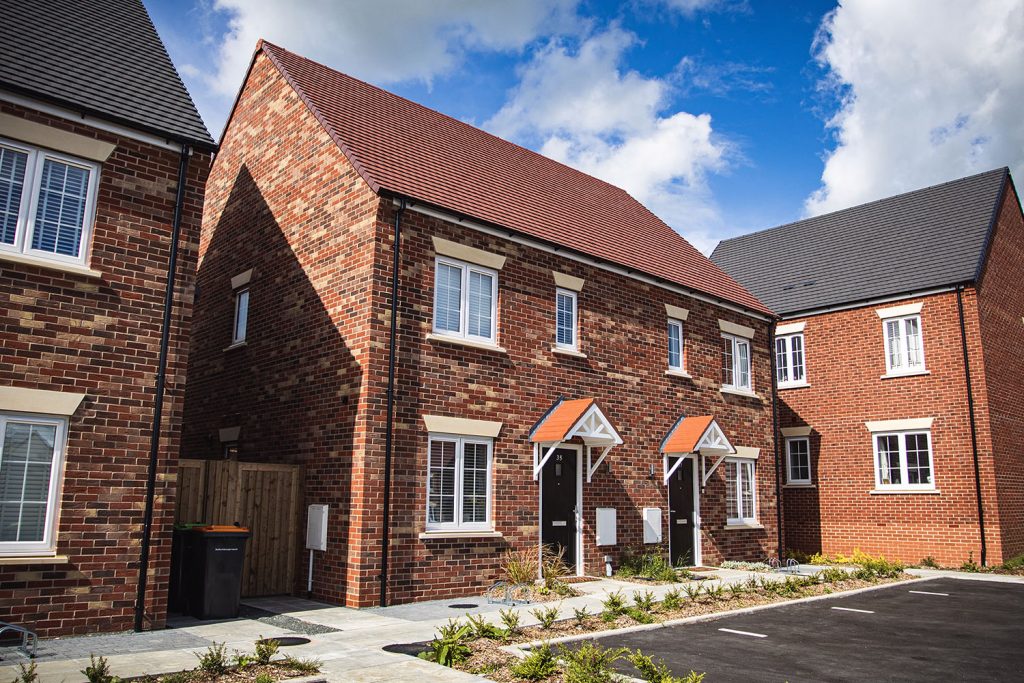New stamp duty rates have come into effect from 1st April 2025. Two main thresholds have been lowered, which caused some buyers to withdraw from their purchases when they were unable to complete by the end of March. So what are the new rates and how will they affect you when buying a residential property from now on?
What is stamp duty?
Stamp Duty Land Tax (SDLT) is a tax that’s payable when you purchase a property or land in England and Northern Ireland. It is payable over a certain value and is charged at different rates depending on the thresholds, which we’ll explain below.
Stamp duty is charged when you:
- Purchase a freehold property
- Purchase an existing or new leasehold
- Are transferred property or land in return for payment — for example, you purchase a share in a house or secure a mortgage
- Purchase a property via a shared ownership scheme
The amount that you have to pay depends on various factors. These include whether the property is residential or non-residential, the property’s value and your circumstances, such as a first-time buyer, an existing homeowner buying a new home or a homeowner buying a second property.
What are the new stamp duty rates?
As mentioned earlier, two key thresholds have been changed and these both relate to residential property. The first is the zero-rate threshold (when no stamp duty is payable) for buying a main residence. This has been halved from £250,000 to £125,000.
The rates until 31st March 2025
To help you compare the changes now that the new rates have come into effect, these were the thresholds and rates when buying a residential property until 31st March 2025:
- £0–£250,000: 0%
- £250,001–£925,000: 5%
- £925,001–£1.5 million: 10%
- Above £1.5 million: 12%
The new stamp duty rates from 1st April 2025
The new stamp duty rates charged when you buy a residential property are:
- £0–£125,000: 0%
- £125,001–£250,000: 2%
- £250,001–£925,000: 5%
- £925,001–£1.5 million: 10%
- Above £1.5 million: 12%
This means that a significant portion of the price when buying a residential property is now taxed, increasing the overall amount you need to pay for your purchase.
For example, if you buy a home in Bexleyheath for £500,000, the amount you’ll have to pay in stamp duty is calculated as follows:
- 0% on the first £125,000: £0
- 2% on the next £125,000: £2,500
- 5% on the remaining £250,000: £12,500
The total stamp duty payable for your property is £15,000.
If you’re buying a residential leasehold property, the rates apply to the leasehold premium. If the net present value (the total rent over the life of the lease) is higher than the threshold of £125,000, 1% is payable on the amount that’s above £125,000. This doesn’t apply to existing leases.
First-time buyers
The second key change that’s been made to the stamp duty rates is for first-time buyers. As a first-time buyer, you can benefit from stamp duty relief. Until 31st March 2025, the zero-rate threshold was up to £425,000 with additional relief provided up to a purchase price of £625,000.
As of 1st April 2025, the zero-rate threshold has been reduced so that no stamp duty is payable on a purchase price up to £300,000. Additional relief is available up to £500,000. The rates are:
- £0–£300,000: 0%
- £300,001–£500,000: 5%
For example, if you buy your first home in Bexleyheath for £500,000, the first-time buyer stamp duty that’s payable is calculated as follows:
- 0% on the first £300,000: £0
- 5% on the remaining £200,000: £10,000
Therefore, the total stamp duty payable is £10,000.
If you buy a property that has a value of over £500,000, you won’t be eligible for any relief and the normal stamp duty rates will apply.
Buying an additional property
On 31st October 2024, the previous stamp duty surcharge of 3% was increased to 5% for those buying an additional property, such as a second home or a buy-to-let investment. This surcharge applies to the standard stamp duty rates. As the standard zero-rate threshold has been lowered from 1st April 2025, the surcharge is now payable on a higher portion of the property price as follows:
- £0–£125,000: 5%
- £125,001–£250,000: 7%
- £250,001–£925,000: 10%
- £925,001–£1.5 million: 15%
- Above £1.5 million: 17%
A surcharge isn’t payable if the additional property you buy has a value that’s less than £40,000. The 5% surcharge doesn’t apply to:
- Mobile homes, houseboats or caravans unless they have become permanent fixtures
- Mixed-use properties, such as a shop with a flat above it
If the property is leasehold, the surcharge rules don’t apply if either:
- Your lease (on the date it was granted) is for 7 years or less
- The lease is owned by someone else and has over 21 years left
The higher rates also don’t apply to particular transactions, such as when transferring full or part ownership of a property to your spouse or when increasing the share of a property that you already own, subject to certain conditions.
The impact of the new stamp duty rates
These changes mean that whether you’re a first-time buyer, a homeowner getting ready to move or an investor looking to buy a residential property, you’ll be affected by the new rates. To check how much stamp duty you’ll need to pay, use our stamp duty calculator here. If you prefer, give our mortgage brokers a call on 01322 907 000 and they’ll be happy to check this for you.

